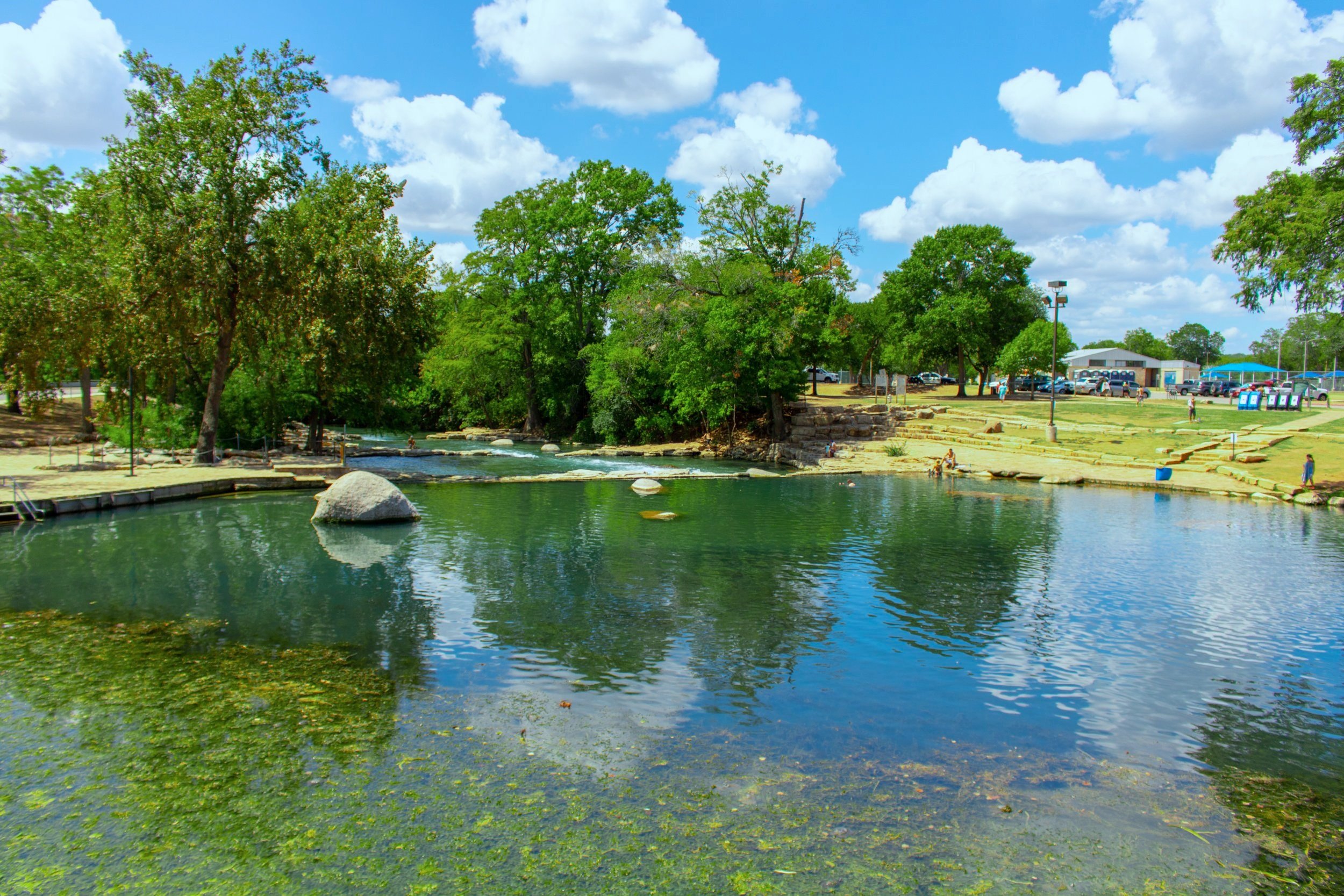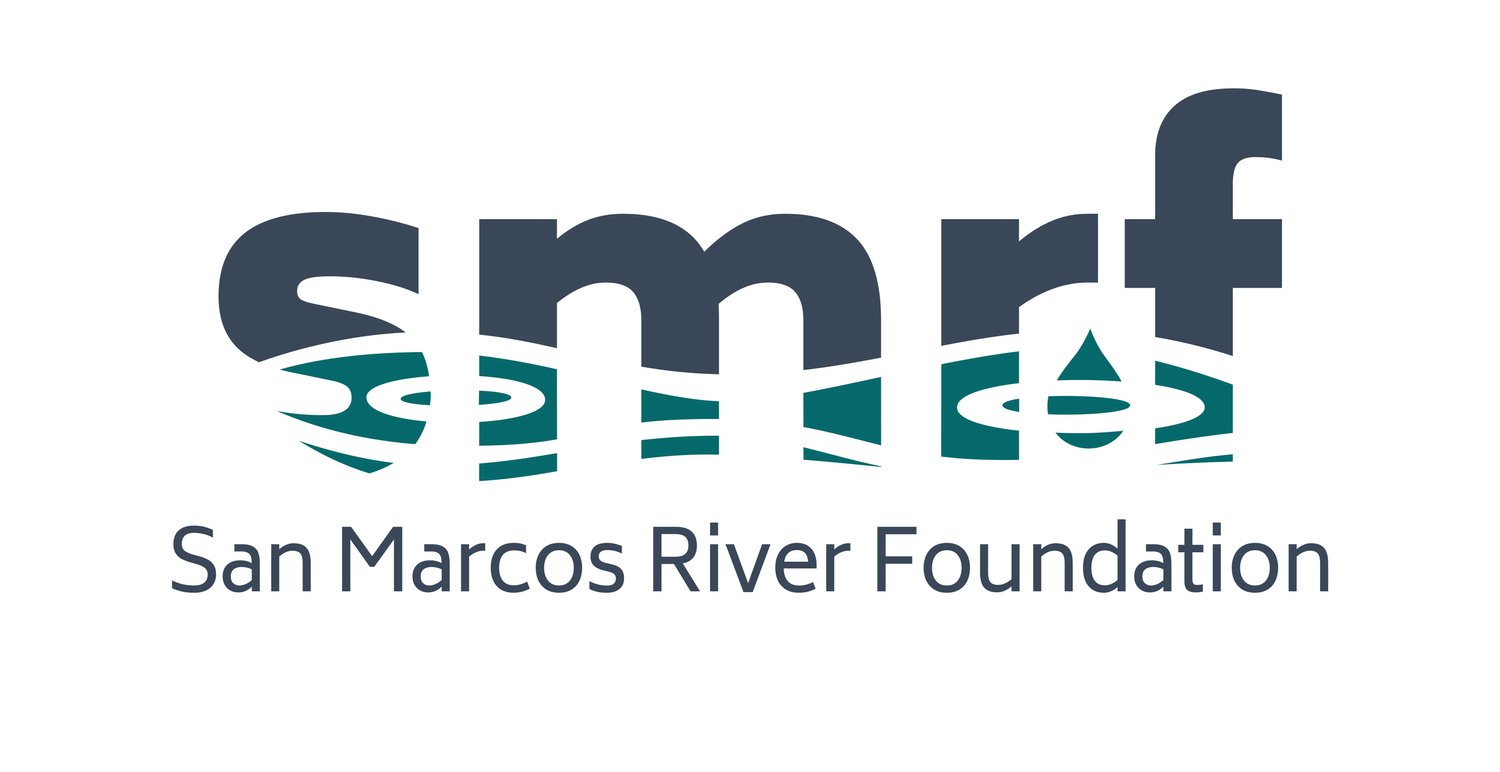
Projects
Aquifer and Land Education
Though the San Marcos Springs have flowed for thousands of years it is generally recognized that this could easily be jeopardized by unhindered dense-development and the paving of the aquifer recharge zone, coupled with increasing demand and the possibility of longer periods of drought. Over 2 million people now rely on the Edwards Aquifer for water so long-term solutions are critical. Protected green space made up of parklands and conservation easements in sensitive recharge areas is now considered one of the most important investments to be made to preserve spring flow, protect the unique ecosystem found in the San Marcos River and ensure fresh water continues to flow to downstream communities.
SMRF has long worked to improve local ordinances in order to protect the recharge zone of the Edwards Aquifer which feeds the springs of the San Marcos River. Working with a wide array of stakeholders with an interest in Texas' future water needs has been a key strategy for SMRF in its efforts to protect the long-term health and flow of the San Marcos River. SMRF has served for decades on various stakeholder groups, steering committees and regional boards studying, directing, and developing water policy in Central Texas.
SMRF has also worked extensively with private landowners to place conservation easements on other properties that have extensive recharge features or help mitigate flood damage.
SMRF also serves on the steering committee of the Habitat Conservation Plan implemented by the Edwards Aquifer Authority designed to provide overall benefit to the springs systems and the endangered species that inhabit the springs and river through habitat protection, water quality improvements and flow protection. In effect now, the EAA and HCP programs encourage water conservation, leasing and storing water in the aquifer for future use and paying regional farmers to forego water intensive crops during droughts. A Refugia has also been set up to study the endangered species to learn more about their life cycles and provide a sanctuary should flows of the river fall dangerously low and threaten their survival.
